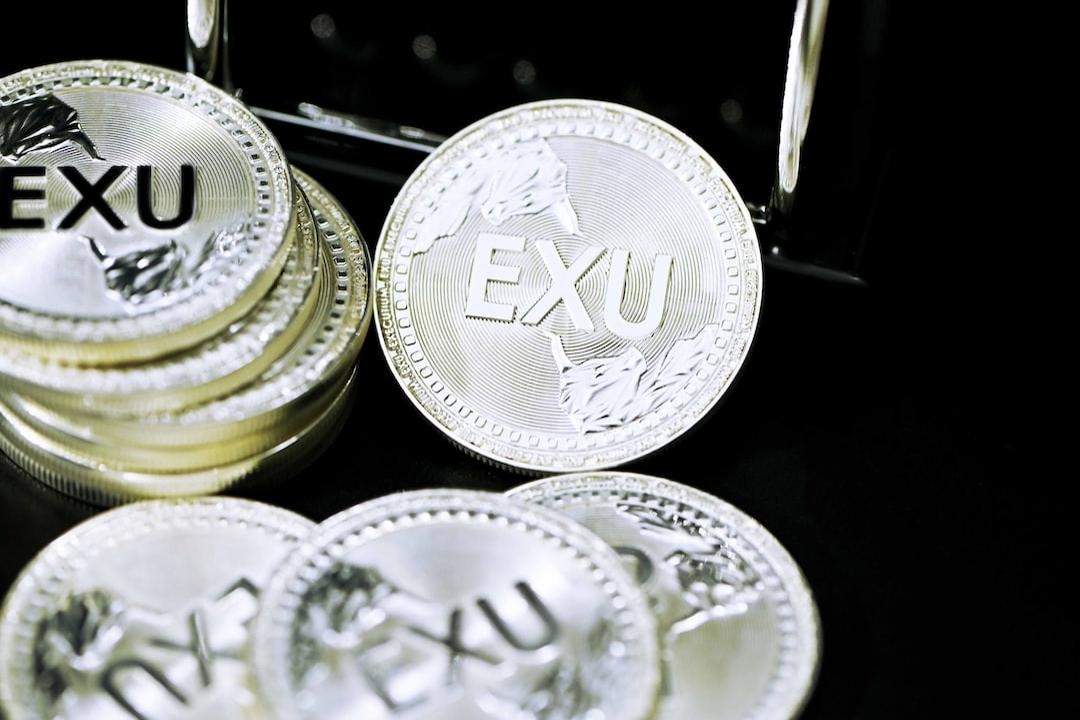The Growing Presence of Digital Assets in Global Financial Markets
The growing presence of digital assets in global financial markets has sparked ongoing discussions about the future role of stablecoins. During the Consensus 2025 event in Toronto, PayPal’s Senior Vice President for Digital Currencies, Jose Fernandez da Ponte, and MoneyGram’s Chairman and CEO, Anthony Soohoo, emphasized the critical need for banks to integrate into the stablecoin sector for achieving success.
Bank Participation in the Digital Landscape
Jose Fernandez da Ponte argued that the financial infrastructure offered by banks is vital for stablecoins to move beyond the current crypto market and reach broader audiences. From asset storage to transfer operations, banking infrastructure is seen as an essential bridge for scaling stablecoins, contributing to the efficient operation of the system through integration with banks.
In the United States, new regulatory initiatives focusing on digital assets are being proposed to create clear guidelines. The proposed stablecoin regulations could pave the way for banks’ legal entry into the stablecoin sector.
The Role of Regulations and Market Dynamics
MoneyGram CEO Anthony Soohoo stated that the finalization of regulations would enhance trust in the industry and facilitate the entry of new issuers. He asserted that prospective legal regulations could strengthen security and transparency for users, potentially increasing the number of market participants.
Currently, Tether‘s USDT and Circle’s USDC make up approximately 90% of a $230 billion asset class in the stablecoin market. PayPal’s PYUSD, launched in 2023, represents a smaller share with $900 million in circulation. Da Ponte emphasized that success should not solely be measured by market share but also by active wallet count, transaction volume, and speed indicators.
Global Use Cases and Future Projections
In countries experiencing high inflation and fluctuating exchange rates, individuals are reportedly seeking stablecoins backed by the dollar for value storage and cross-border transfer purposes. MoneyGram facilitates consumer access to such financial tools through cash access points worldwide, as many consumers globally prefer to store value in dollars.
In developed nations, the adoption of stablecoins is progressing at a slower pace, but regulatory advancements could make corporate treasury management and cross-border payment processes more efficient.
Both executives emphasized that the potential of stablecoins hinges on their practical applications, with the market needing to focus on solutions for real-world problems rather than inflated predictions.
Evaluations show that the adoption speed of stablecoins varies globally, with the contribution of banks and regulations enhancing transparency and security in the sector. Experts predict that stablecoins’ future will depend on both technological integration and regulatory development, meeting needs for money preservation and swift international transfers in developing markets. Despite current market concentration, the entry of new players and increased competition is anticipated.


